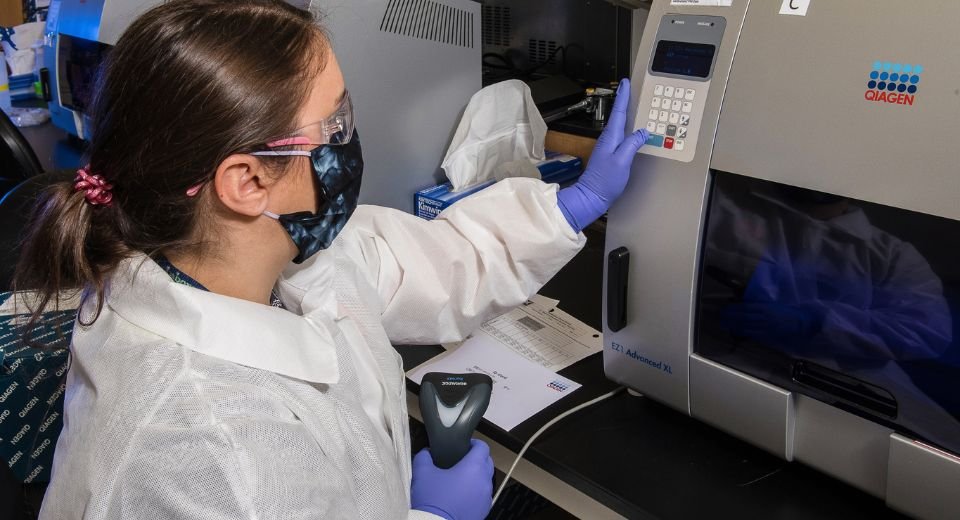HQ Team
June 27, 2023: For the first time in 20 years, locally-acquired cases of malaria have been detected in two US states, Florida and Texas, according to the Centres for Disease Control and Prevention.
Four cases were detected in Florida and one in Texas within the last two months, according to the CDC’s health advisory.
The national public health agency was collaborating with both the state health departments in an ongoing probe of locally acquired mosquito-transmitted plasmodium vivax cases.
“There is no evidence to suggest the cases in the two states are related. In Florida, four cases within close geographic proximity have been identified.
Surveillance
“Active surveillance for additional cases is ongoing. Mosquito surveillance and control measures have been implemented in the affected area.”
In Texas, one case has been identified, and surveillance for additional cases, as well as mosquito surveillance and control, were ongoing.
All patients had received treatment and are improving. Locally acquired mosquito-borne malaria has not occurred in the US since 2003 when eight cases of locally acquired viva malaria were identified in Palm Beach County.
The agency expressed concern about a potential rise in imported malaria cases associated with increased international travel in summer 2023, and the need to plan for rapid access to IV artesunate, a first-line treatment for severe malaria in the US.
Low risk
Despite these cases, the agency stated that the risk of locally acquired malaria remained “extremely low” in the US.
Malaria is a potentially fatal disease transmitted through the bite of an infective female anopheline mosquito. Though rare, malaria can also be transmitted congenitally from the mother to the fetus or the neonate at birth.
It can also spread through blood transfusion or organ transplantation, or unsafe needle-sharing practices.
Malaria is caused by any of five species of protozoan parasites of the genus Plasmodium. P. falciparum, p.vivax, p.malariae, p.ovale, and p.knowlesi.
Anopheles mosquito vectors, found throughout many regions of the US, could still transmit malaria if they feed on a malaria-infected person.
Local climatic conditions
The risk was higher in areas where local climatic conditions allowed the mosquitoes to survive during most of the year and where travelers from malaria-endemic areas were found.
Globally, more than 240 million cases of malaria occur each year — 95% in Africa. Most cases of malaria in the US occur in people traveling from countries with malaria transmission, many from sub-Saharan Africa and South Asia.
Symptoms of the disease include fever, chills, headache, myalgias, and fatigue. Nausea, vomiting, and diarrhea may also occur. For most people, symptoms begin 10 days to 4 weeks after infection, although a person may feel ill as early as 7 days or as late as 1 year after infection.
If not treated promptly, malaria may progress to severe disease, a life-threatening stage, in which mental status changes, seizures, renal failure, acute respiratory distress syndrome, and coma may occur.








